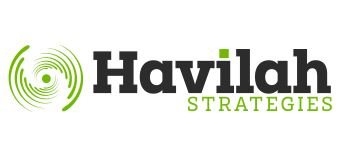Empowering Educators: Digital Tools and Techniques for Modern Teaching
The education landscape is evolving rapidly, with digital technology taking center stage in transforming how knowledge is delivered and absorbed. Educators are no longer confined to traditional chalk-and-board methods but are empowered by an array of digital tools that enhance teaching, foster engagement, and provide personalized learning experiences for students.
The Power of Digital Transformation in Education
Modern teaching is not just about imparting knowledge; it’s about creating meaningful learning experiences. Digital tools such as interactive whiteboards, learning management systems (LMS), and virtual classrooms are redefining how educators connect with students. These tools bridge the gap between traditional teaching and the demands of 21st-century learners, providing flexibility, inclusivity, and a more engaging environment.
Top Digital Tools Revolutionizing Education
- Learning Management Systems (LMS): Platforms like Google Classroom, Moodle, and Blackboard allow teachers to create, share, and manage lessons seamlessly. These systems make tracking student progress and fostering collaboration much easier.
- Interactive Whiteboards: Tools like Promethean and SMART Boards bring lessons to life with visuals, animations, and real-time interaction, making complex concepts easier to understand.
- Video Conferencing Tools: Zoom, Microsoft Teams, and Google Meet have become indispensable for remote learning, enabling real-time communication and collaboration.
- Gamification Platforms: Tools like Kahoot! and Quizizz turn lessons into games, fostering student engagement and making learning fun and interactive.
- AI-Powered Tutoring Systems: Artificial intelligence tools like Grammarly, ChatGPT, and educational chatbots provide students with instant feedback, enhancing self-learning and empowering teachers with real-time data on student performance.
Techniques for Effective Digital Teaching
While tools are essential, the way educators use them is equally important. Here are some best practices for modern teaching:
- Personalized Learning: Utilize data-driven insights to tailor lessons to the needs of individual students, accommodating different learning paces and styles.
- Flipped Classrooms: Share pre-recorded lectures or reading materials for students to review at their own pace, leaving classroom time for interactive activities and discussions.
- Collaborative Learning: Use digital platforms to encourage group projects, peer reviews, and collaborative problem-solving exercises.
- Blended Learning: Combine traditional face-to-face instruction with digital tools to create a hybrid learning environment that’s both flexible and comprehensive.
Challenges and Opportunities
While digital tools offer immense potential, educators face challenges like digital literacy gaps, limited access to technology, and the need for continuous training. However, these challenges present opportunities for innovation and collaboration. By investing in teacher training, equitable access to technology, and adaptive learning systems, we can empower educators to thrive in the digital age.
The Future of Modern Teaching
As technology continues to advance, the possibilities for education are endless. Virtual reality, augmented reality, and AI-driven learning platforms promise to transform classrooms into dynamic, immersive environments. The role of educators is evolving from knowledge providers to facilitators of experiences, mentors, and guides in a tech-driven world.
Empowering educators with digital tools and techniques isn’t just about keeping up with trends; it’s about preparing the next generation for a future where technology and innovation reign supreme. At the heart of it all is the commitment to ensuring that no learner is left behind in the journey toward academic excellence.


